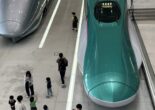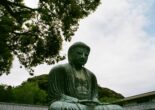It used to be where you would go if you needed a specific resistor. Then, Akihabara reinvented itself as an anime and game destination. And now the cult of ”kawaii” has taken over, with maid cafes proliferating. Read on to find out how AKB48 has changed what used to be a grimy market for stolen cables, and what will happen next to Akihabara.
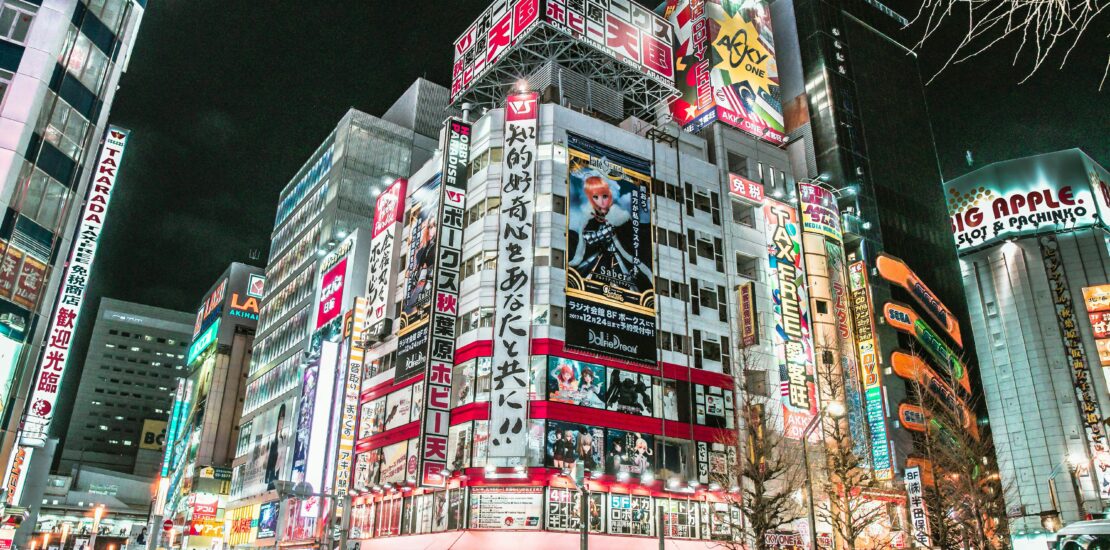
It used to market itself as ”electric town”, leaning heavily on the origins of modern-day Akihabara as an electronics parts market. In the beginning, it was really electric components that were the main products sold in the market stalls under the railway tracks set up by enterprising returnees from WWII.
Black Market Merchandise in Akihabara
Most of the merchandise in the chaotic years after the Second World War actually originated in American military stores, ”liberated” to fuel the need for electricity. Soon enough, the Japanese industry ramped up, and the area became home to stores providing an outlet for budding industries like Akio Morita’s Sony, which would sell their transistors wholesale to fund operations while constructing their first transistor radio.
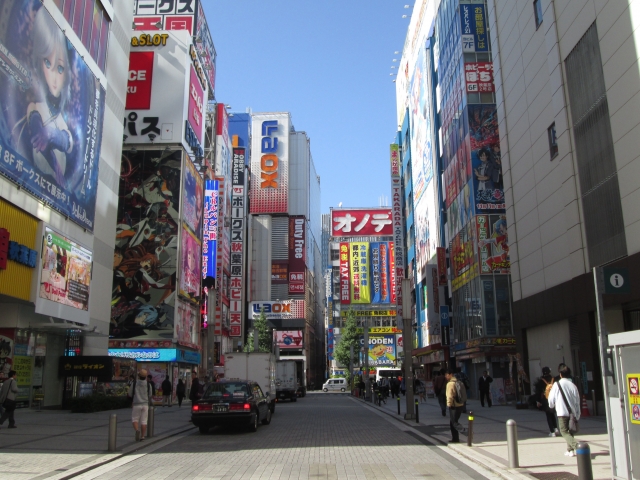
Some of those stores are still there. You can find small shops selling only different kinds of resistors, and if you want a 110-to-220 V transformer, you need to locate a particular shop under the Sobu line railway tracks. Even though component distribution has long since moved online, massive online orderable databases warehoused in nearby prefectures, those stores eke along as long as the founders are still alive. Which, given their age, is not going to be all that long.
Village before the railways
Akihabara was just a village byway before the railways were built. In Edo, as the city was known when it was ruled by the shogun, it was the northern part of Kanda, the booksellers and writers’ quarter. The main feature of the area — that still stands a few blocks to the west of the station — was Kanda Myoujin Shrine, a Shinto shrine that was originally founded closer to what is today the Imperial Castle in the 8th century, and moved to the present location in 1616 since the old location would have put it inside the moat.
Concrete survivor
Different from many other shrines, it was rebuilt in concrete after the 1923 Great Kanto Earthquake. It survived the Tokyo fire bombings during WWII, and thanks to the architecture, has often been portrayed in manga and anime as the prototypical shrine.
But while it has remained a center of worship to this day (probably the only shrine where a bona fide rebel is worshipped), it is not the main reason of the fame of Akihabara.
Akihabara — Electronics to Games
That is exactly how Akihabara has aged. The old electronics stores gave way to game stores; the game stores gave way to the cult of cuteness and maid cafes. But you can still find stores specializing in Famicom games in the back streets. And a new generation of electronics stores is popping up, selling specialized robot and drone electronics next to the old specialized electronics shops. To pilot a serious drone in Japan, you need to have a license, which includes considerable training. It is not a hobbyist market.
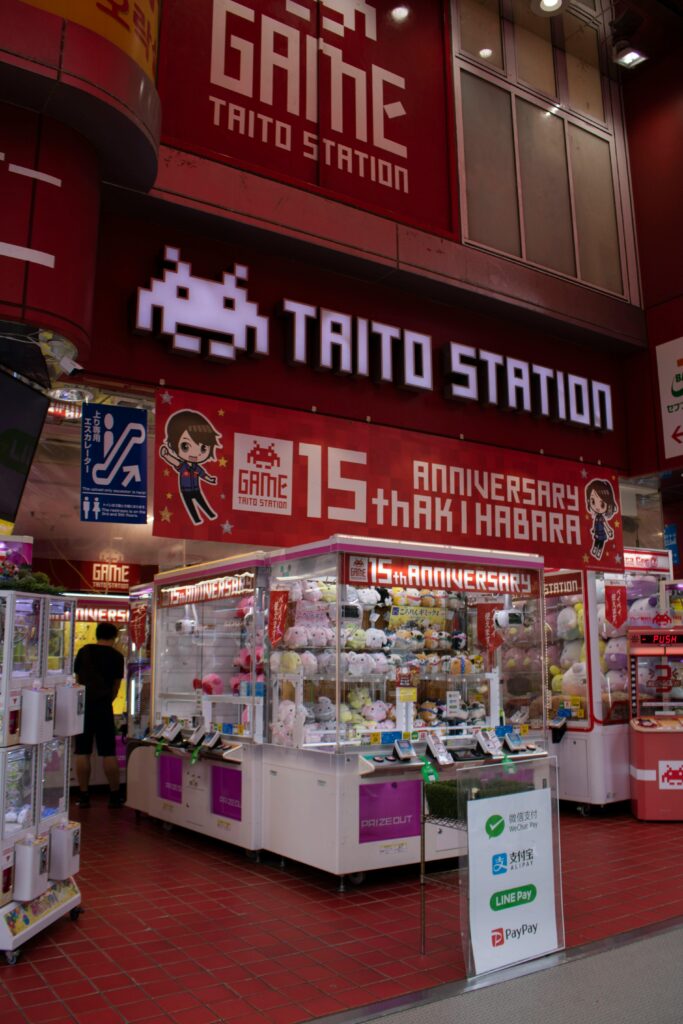
There used to be several electronics stores around Akihabara, small department stores providing the same products as electronics stores in other places. But they have all been dwarfed, and sucked up, by the humongous Yodobashi Camera store west of the station. This is the biggest electronics store in Tokyo, and the variety of products on sale is nothing but staggering. Including specialized departments for almost anything.
Look for ”Made In Japan”
Just remember to look for the ”made in Japan” label on the goods. Often, trial series of products are made in a limited test series in the Japanese factories of brands like Sony and Panasonic, and if successful, production is moved to China. There used to be a store that specialized in Japanese-made goods, but it went down with the pandemic.
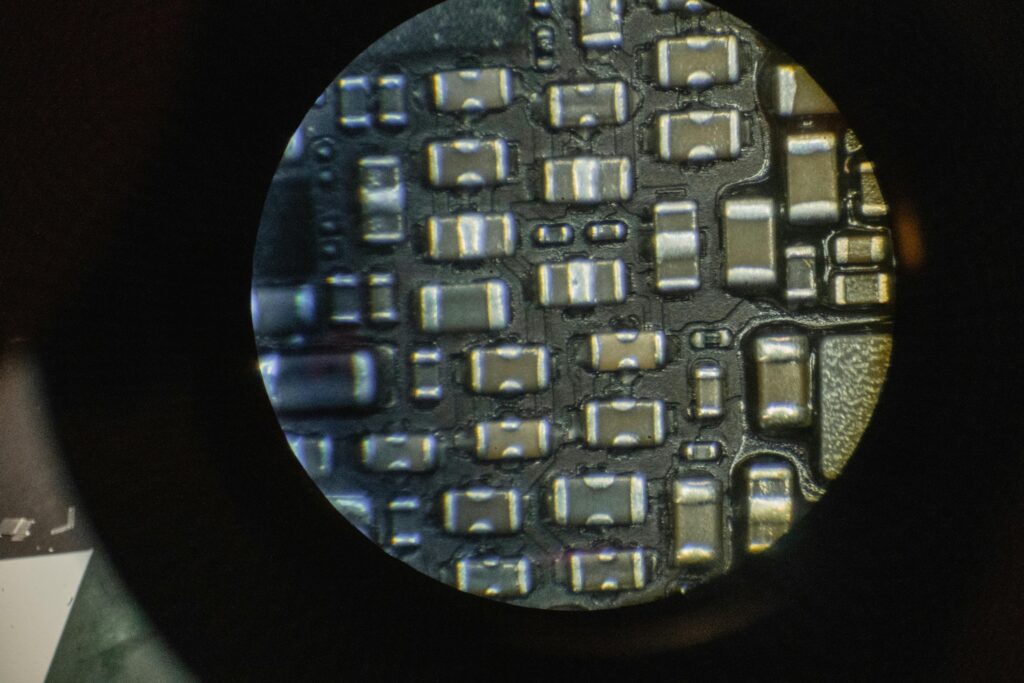
Today, however, the specialized electronics stores are almost invisible in the throng of cuteness. And it has become more established over the past few years. What started out as a song-and-dance act at a hastily constructed makeshift theatre on the top floor of a Don Quixote store has sparked imitators and franchisees as far away as Taiwan and Thailand.
The Idols Take Over in Akihabara
AKB 48 (where AKB is short for Akihabara and 48 the number of performers, although they are divided in four teams) has become a cultural phenomenon, with performers graduating into other entertainment careers as they grow to old for the stage, something that regularly happens and is monitored by the media with the same gravitas as a sumo wrestler retiring, something that is a national event in Japan.
AKB 48 may be cultural sumo wrestlers, but their fame has proliferated into an entire industry, with everything from huge ”rock scissors paper” championships to action figures and rental costumes, a favorite in cosplay karaoke shops.
Wrong Size Cosplay Costumes
Cosplay karaoke, where you can dress up in the costumes of performers or anime figures to sing along to your favorite songs, has long spread outside Akihabara. Just be aware that the sizes of the costumes may not be adapted to Western-sized persons.
The streets of Akihabara are lined with specialty stores — and crane games — selling dolls, soft animals, and figurines of cute little animals, often with their own TV series, or at least a YouTube channel. The cuteness and youthful fervor are most visible in an entirely different type of establishment, however.
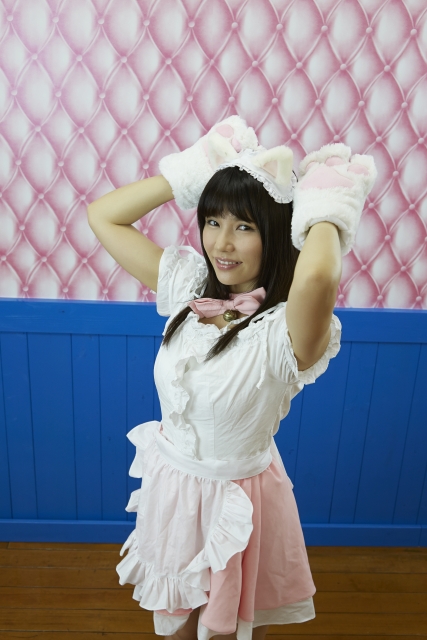
Akihabara is home to the maid cafe, as typical Japanese as the convenience store.
Maid cafes are everywhere, where otaku, hikikomori, and other socially challenged persons can go play child’s games and sing songs from elementary school with girls dressed up in French maid uniforms, drink cute (non-alcoholic) drinks, and eat cute foods like crepes and omu-rice (a rice cushion wrapped in a thin omelet, decorated with ketchup).

The food in the maid cafes focuses on being cute.
The cuteness hides the fact that these establishments cater to a clientele who would perhaps benefit more from counselling than being served omu-rice by a girl in costume addressing them in a curious mix of formal and childish Japanese.
The maid cafes have spread throughout Tokyo, anywhere there are nerds (Nakano and eastern Ikebukuro are two destinations). There are even cafes with service in English, although the menu service suffers heavily in translation.
Stay tuned for more exciting content like this! Follow us on our social media platforms and check out our blog regularly to stay updated on the latest news, trends, and insider stories from Japan. Don’t miss out on future updates—sign up for our newsletter for exclusive content delivered straight to your inbox!

